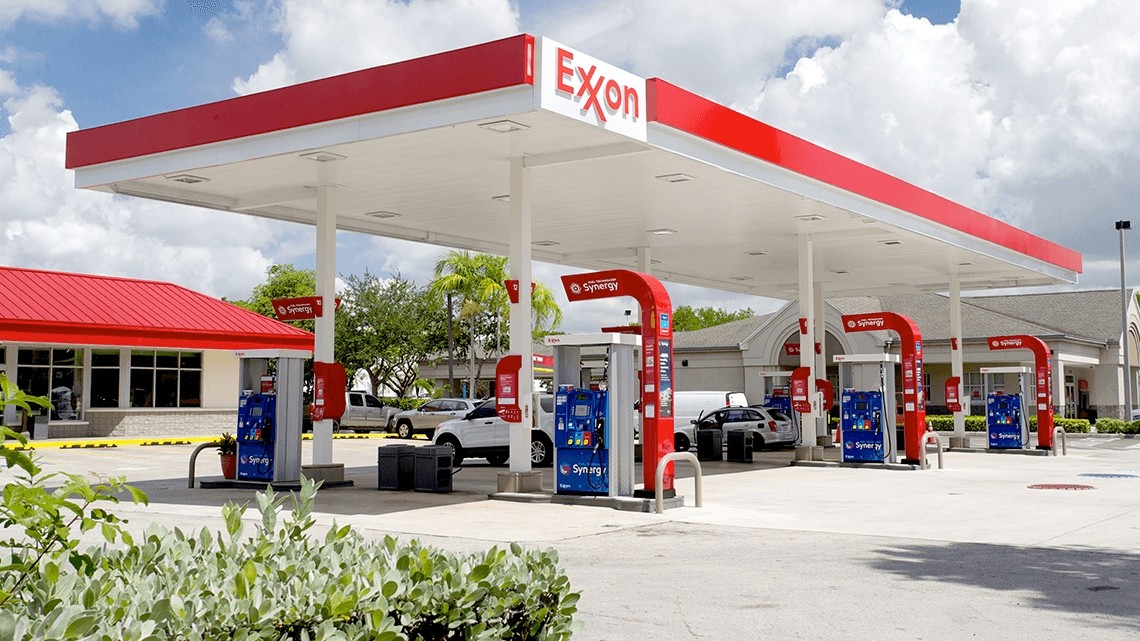Staying Fit
The U.S. unemployment rate fell sharply in August, to 8.4 percent from 10.2 percent, even as hiring slowed, with employers adding the fewest jobs since the coronavirus pandemic began. The unemployment rate for adults age 55 and older dropped to 7.7 percent in August, down from 8.8 percent one month earlier.


AARP Membership— $12 for your first year when you sign up for Automatic Renewal
Get instant access to members-only products and hundreds of discounts, a free second membership, and a subscription to AARP the Magazine.
Employers added 1.4 million jobs, the Labor Department said, a slight decrease from 1.7 million in July. The U.S. economy has recovered about half of the 22 million jobs lost to the pandemic.
Friday's report added to evidence that nearly six months after the coronavirus paralyzed the country, the economy is mounting only a fitful recovery. From small businesses to hotels, restaurants, airlines and entertainment venues, a wide spectrum of companies are struggling to survive the loss of customers, with confirmed viral cases still high.
Jobs recovery could be difficult to sustain
After an epic collapse in the spring, when the economy shrank at a roughly 30 percent annual rate, growth has been rebounding as states have reopened at least parts of their economies. Yet the recovery remains far from complete.
Many economists think that significant hiring may be hard to sustain because employers are operating under a cloud of uncertainty about the virus. Daily confirmed case counts have fallen from 70,000 in June to about 40,000. The decline has leveled off in the past week, and the viral caseload remains higher than it was in May and June.
As a result, activities like restaurant dining and air travel are still far below pre-pandemic levels. Most economists say a meaningful economic recovery will likely be impossible until the coronavirus is brought under control, most likely from the widespread use of a vaccine.
The jobs report coincides with growing signs that more companies are making permanent job cuts, rather than temporary furloughs. That trend could keep the unemployment rate persistently high. It is typically harder for an unemployed worker to find a job at a new company or in a new industry than to return to a previous employer.


































































